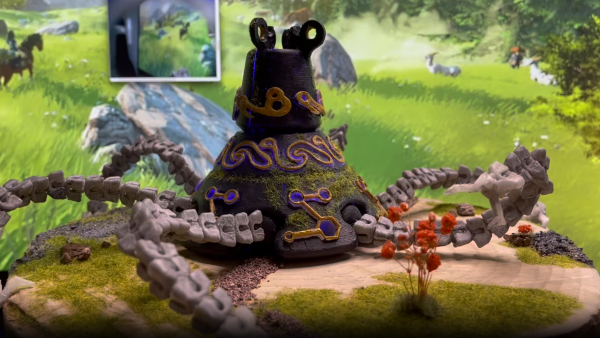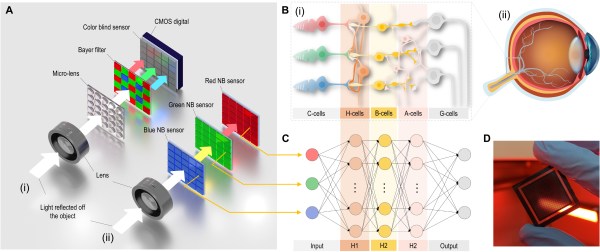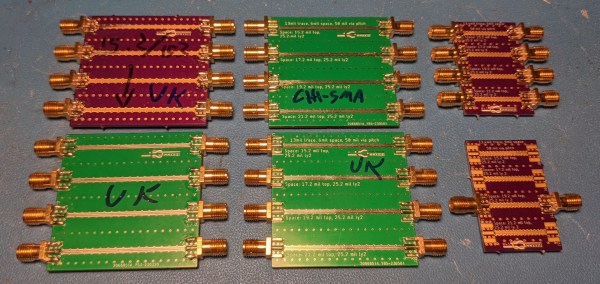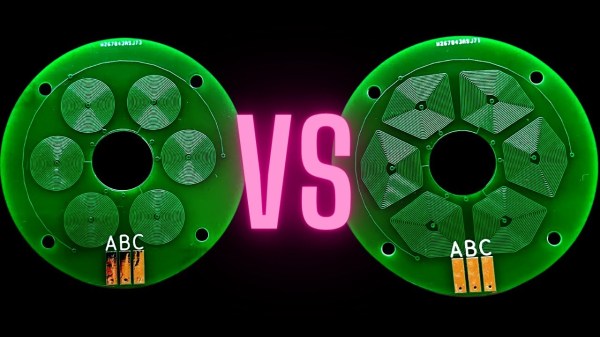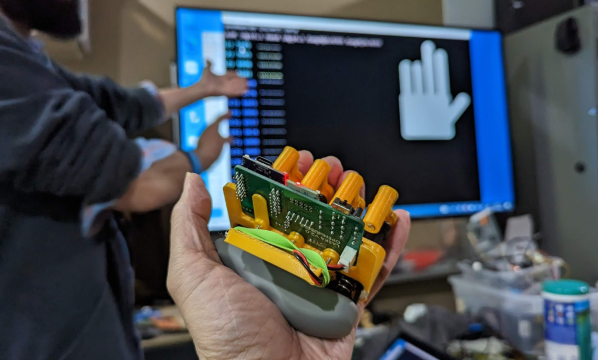In The Legend of Zelda: Breath of the Wild Guardians are a primitive form of sentry turret that tracks the player with a watchful eye. Inspired by this, [npentrel] decided to whip up one of her own in the real world.
The build relies on a Raspberry Pi kitted out with its usual camera for machine vision purposes. It uses the Viam robot toolkit, which runs a machine learning model to detect pets and humans on the camera feed. The guardian then tracks any pets or humans that show up by turning its head, and thus the camera, with a servo controlled by a PWM signal via the Raspberry Pi’s GPIO pins. It’s all wrapped up in a nicely-decorated 3D printed model that really does look like something straight out of Breath of the Wild.
Sentry projects are a great way to learn about electronics, mechanics, and image processing techniques. It’s funny to see how advanced and complicated these projects were fifteen years ago, compared to how easy they are today with modern machine learning libraries. How times change!

